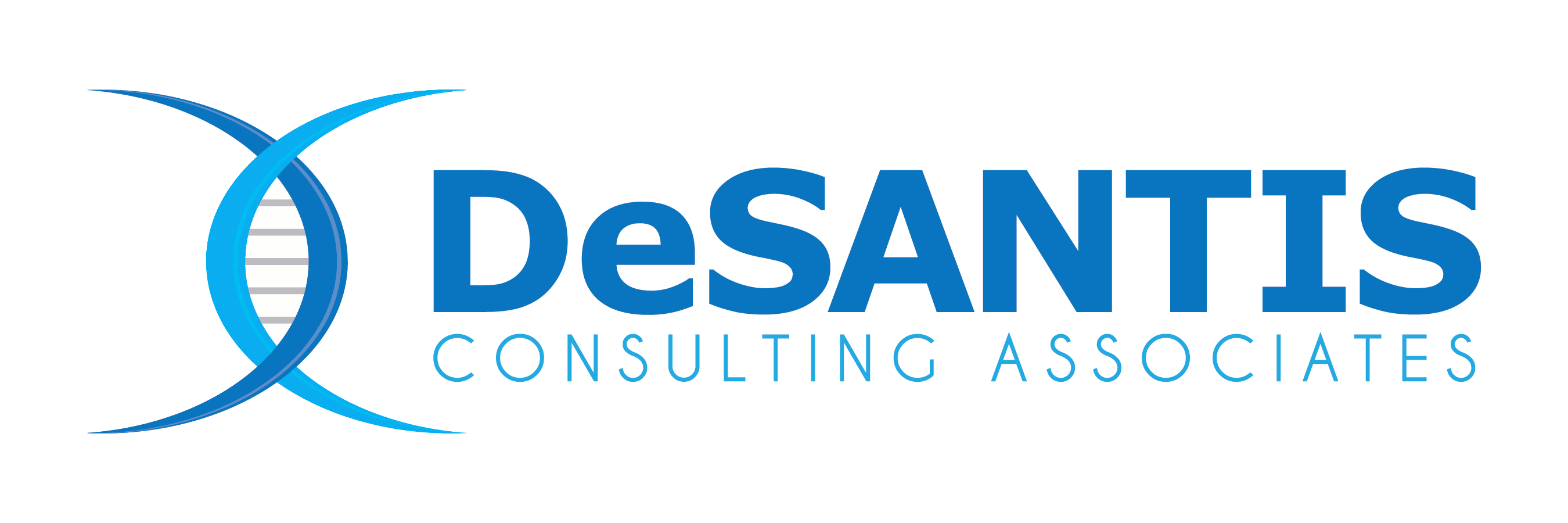Drug Shortages – Putting Patients at Risk
- 26
- November
- 2014
- By Phil DeSantis
- Blog
- Comments Off on Drug Shortages – Putting Patients at Risk
Dangerous Drug Shortages
Although I am hardly “retired” in the true sense, I am a proud member of AARP and faithfully monitor the AARP Bulletin and their other offerings in support of old codgers like myself. In the Oct 2014 edition of the AARP Bulletin an article entitled “Dangerous Drug Shortages” caught my eye. While this issue is nothing new to those of us in the industry, it is important to understand the impact shortages are having on those we serve, the patient population. I emphasize patient, because in the end, they are the only ones who really count. Despite our preoccupation with keeping the regulators, or own management and our shareholders happy, if the patient is not served none of us has done our job.
The article sites many personal stories wherein patients and providers have been unable to obtain needed drugs. I could add my own personal account of being unable to obtain medication needed by a family member from CVS, one of the largest retail drug outlets in the country, for nearly six months.
The impact of these shortages should not be lost on those of us in the industry. A report by the US Government Accountability Office (GAO) stated that in a 2012 study the effect of drug shortages in the US resulted in a reduction in the cure rate in pediatric Hodgkins lymphoma (based on two years cancer-free.) It is not merely a matter of staying in business and keeping our jobs. It is a matter of doing whatever we as individuals and companies can to fulfill the moral responsibility we have to our community. That responsibility is part of the price we pay for the rewards that this great industry have afforded us.
The AARP article goes on to list drugs considered to be in most serious short supply. Nearly all of them are injectibles. Medical teams have resorted to using expired lots. The FDA has actually allowed manufacturers to distribute drugs they consider to be “tainted,” of course with appropriate warnings and workarounds by the users and health-care providers. An example of this is a recent warning to physicians to filter an injectible solution that had been found to contain glass particles.
In exploring the reason behind the shortages, the article cites the US Government Accountability Office in describing the major cause of drug shortages as quality-related problems at manufacturing facilities causing a slowdown or suspension of production. This situation is particularly critical for sterile products, for the obvious reason that they are most prone to contamination from poor manufacturing practices. In fact, according to the most recent FDA drug shortage report the overwhelming majority are sterile injectibles, opthphalmics and inhalation drugs.
Why such quality problems? One reason is surely the poor application of effective quality systems among lower profit margin manufacturers. A telling fact is that among the many drugs listed as in short supply all are generics, with not one high-priced innovator product listed. It seems as if the “cost of quality” is too high for some firms. (Whether or not the cost of quality is actually too high is a subject for another time.)
Another factor, and perhaps the one most difficult to address, is that our manufacturing facilities are just getting old. Not to imply that there is anything wrong with old, per se. (I would be the last person to suggest that.) However, outdated designs, poor maintenance practices, failure to re-capitalize in the face of deterioration and less than optimal technology have all contributed to the current drug shortages.
When I started in the Validation Department at E.R. Squibb & Sons in 1980 there were four major brand new sterile manufacturing facilities in start-up in New Jersey and Eastern Pennsylvania alone. All of these are now ancient by pharmaceutical standards. Only one of them (Building 29 at Merck, West Point, PA) is still in operation. Not much has been built to take their place.
How big is this problem? I am not sure, but I am committed to find out. I have joined a PDA task force led by Maik Jornitz of G-Con and Glenn Wright of Lilly to study this issue. As I learn more, I will be sharing on this site.






